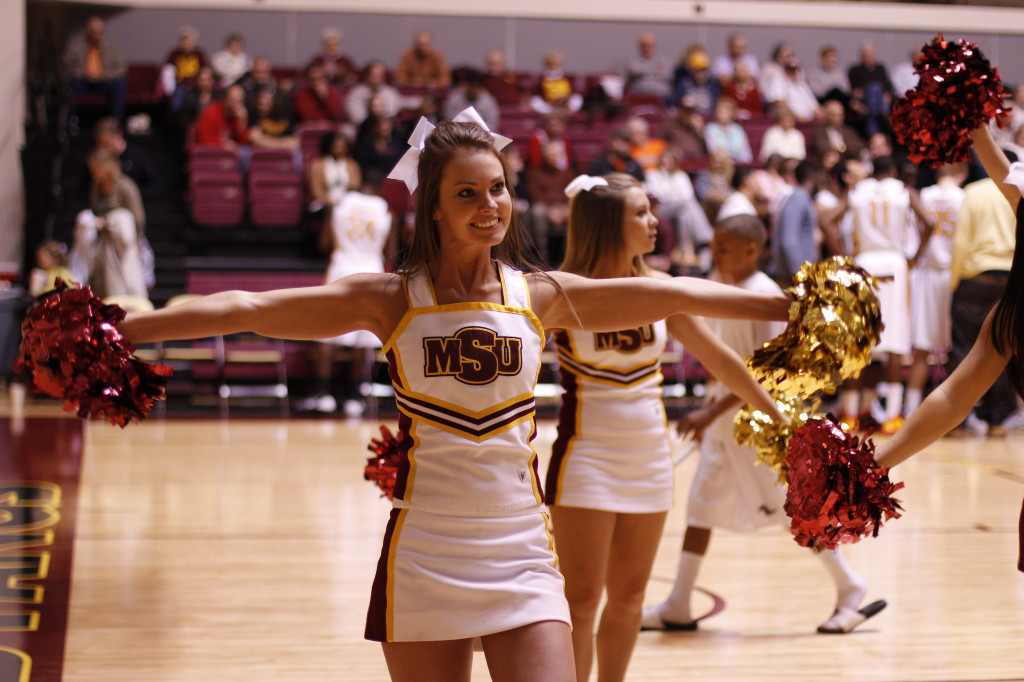
As the crowd cheers, maroon and gold flaring through the stands, another cheerleader is thrown in the air while two more cross paths in front, tumbling all the way down the track. As the tumblers pass, the cheerleader once high in the air comes down with two more going up to replace her, followed by yet another tumbler down the front, all the while the rhymes and cheers stay consistent and loud. After the routine is over and all that remains to tell of their tiring performance are steady visible breaths in the cold air, the amount of skill and practice required in cheerleading become evident.
However, beyond the flips and stunts lingers one question that has yet to be definitively answered: is cheerleading a sport?
While the question raises controversy in most situations, opinions on the subject usually come with a sports-style backing.
“Of course I think cheerleading is a sport,” Anna Pittman, junior in athletic training and former cheerleader, said. “It takes a lot of dedication and mentality to do the stuff we do.”
Just the same as any other sport, cheerleading requires more than the mental capacity to understand the stunts, but the physical capacity to perform them.
“It takes being in amazing shape, flexible and even fearless,” Payton Boner, junior on the co-ed cheer squad, said. “The skill needed to accomplish every stunt or trick we do is quite amazing.”
The two main cheer competitions held at the collegiate level are the National Cheer Association and the Universal Cheer Association, the association under which MSU cheerleaders compete.
“We choose to cheer in UCA competitions because it focuses on stunting and crowd involvement,” Boner said. “Being college cheerleaders, that’s what we need to work on the most.”
Along with travel to national competitions, the university spends $22,760 on scholarships, uniforms, supplies and skill development for cheerleading. With almost $250,000 budget on something that’s not even officially a sport brings up the question, why is it not? While cheerleading meets the physical demands for what many would consider to be a sport, court rulings and governing organizations, including the NCAA and Texas University Interscholastic League repeatedly decline to classify cheerleading as a sport.
The basis of the ruling came from an appeal filed by Quinnipiac University in Connecticut. In 2009 the University decided that it lacked sufficient funds to maintain a women’s volleyball team and a cheer squad. As a result, Quinnipiac decided to keep cheerleading and end the volleyball program. After the decision, eight volleyball players and the coach filed a court case against the school and won.
The official ruling by the Second U.S. Court of Appeals in 2012 was that colleges cannot count competitive cheerleading as a sport when trying to comply with gender-equality requirements under Title IX, a portion of the education amendments of 1972 that prohibits the discrimination of sports on the basis of sex. The court found that cheerleading fails to have equitable athletic participation opportunities for its female and male students.
“Like the district court, we acknowledge record evidence showing that competitive cheerleading can be physically challenging, requiring competitors to possess ‘strength, agility, and grace,” the court wrote. “Similarly, we do not foreclose the possibility that the activity, with better organization and defined rules, might someday warrant recognition as a varsity sport. But, like the district court, we conclude that the record evidence shows that ‘that time has not yet arrived.”
While the court’s decision laid the overall grounds for why cheerleading isn’t considered a sport, the UIL, a Texas only jurisdiction that provides contests and rules for Texas schools’ academics, music and athletic activities, gives even more support for cheer’s neglected title.
According to Traci Neely, assistant athletic director for the University Interscholastic League, cheerleading has only ever been proposed as a sanctioned activity, not as a sport.
“A lot of schools just really like what their cheerleaders do now.” Neely said. “They support their athletics and do a good job at it. To change it would be a lot of work.”
Some of the “work” required would to meet the strict safety requirements that need to be met by the UIL.
In response to the court’s decision of declaring cheer as a collegiate sport an association was formed known as Stunt. According to USA Cheer, as part of its NCAA Emerging Sport initiative, Stunt was created as an opportunity for colleges, universities and high school to meet the strict Title IX requirements of a college sport, while still preserving traditional cheerleading principles.
“I believe Stunt is just a way to competitively cheer in college and it be recognized as an actual sport,” Katie Clark, senior in special education and cheerleader, said. “Cheering for MSU we do compete at nationals, however our routine does have signs and crowd leading cheers to go along with it.”
In Stunt, the crowd leading component is removed and teams are judged on the technical elements of cheerleading. There is one set of rules and one scoring system that is followed at every game. Teams compete in a head to head format and judges are in place to evaluate the execution of the predetermined routines and the technique used when performing different skill elements.
While Stunt follows the strict requirements to be considered a sport under Title IX, for the time being MSU will remain competing in UCA.
“I think it’s good, but it doesn’t fit our university yet,” Sue Witherspoon, cheerleader sponsor, said. “We’re more about supporting our athletes here than competition. Not to say it wouldn’t come in the future, but for now it’s not the time.”
Beyond the Title IX requirements and flustering lawful arguments that determine the fate of cheerleading as a sport, a world of opinion surrounds the conflict.
“Competition cheerleading is a sport, but not regular cheerleading,” Taylor Coffman, junior in biology, said. “It takes a lot of athleticism to do the stuff they do.”
Joe Cavasos, senior in exercise physiology, said, “I really don’t think it’s a sport. It’s not that I have anything against it, I just don’t recognize it as a sport.”







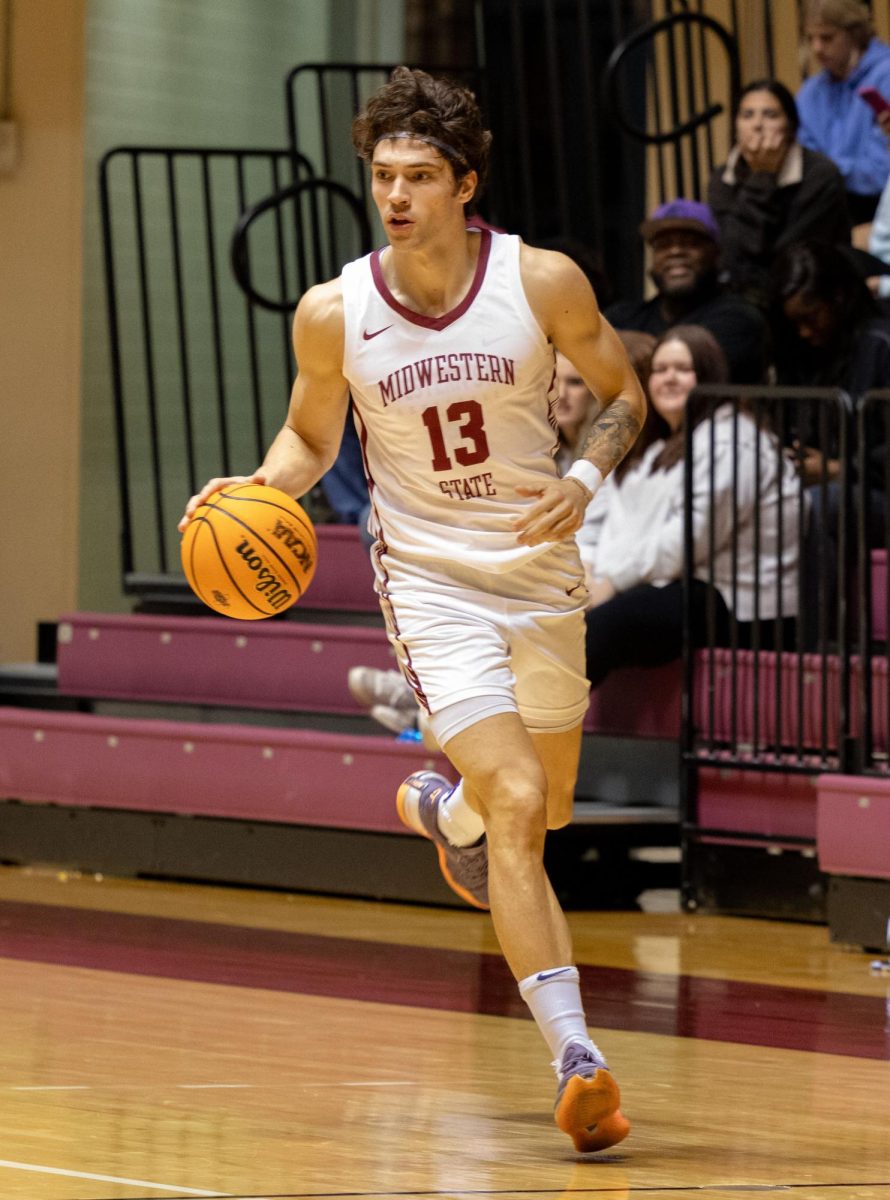
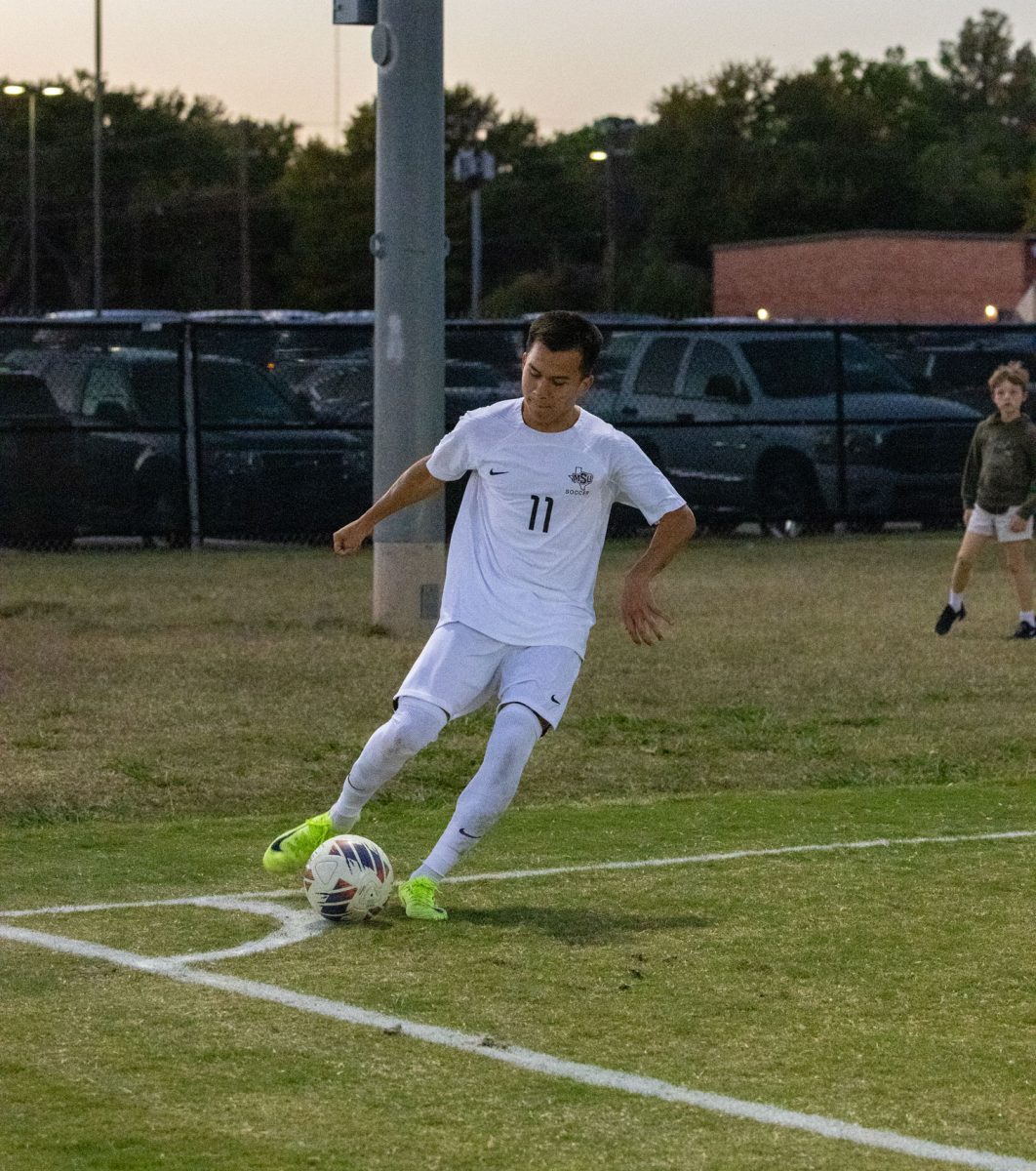


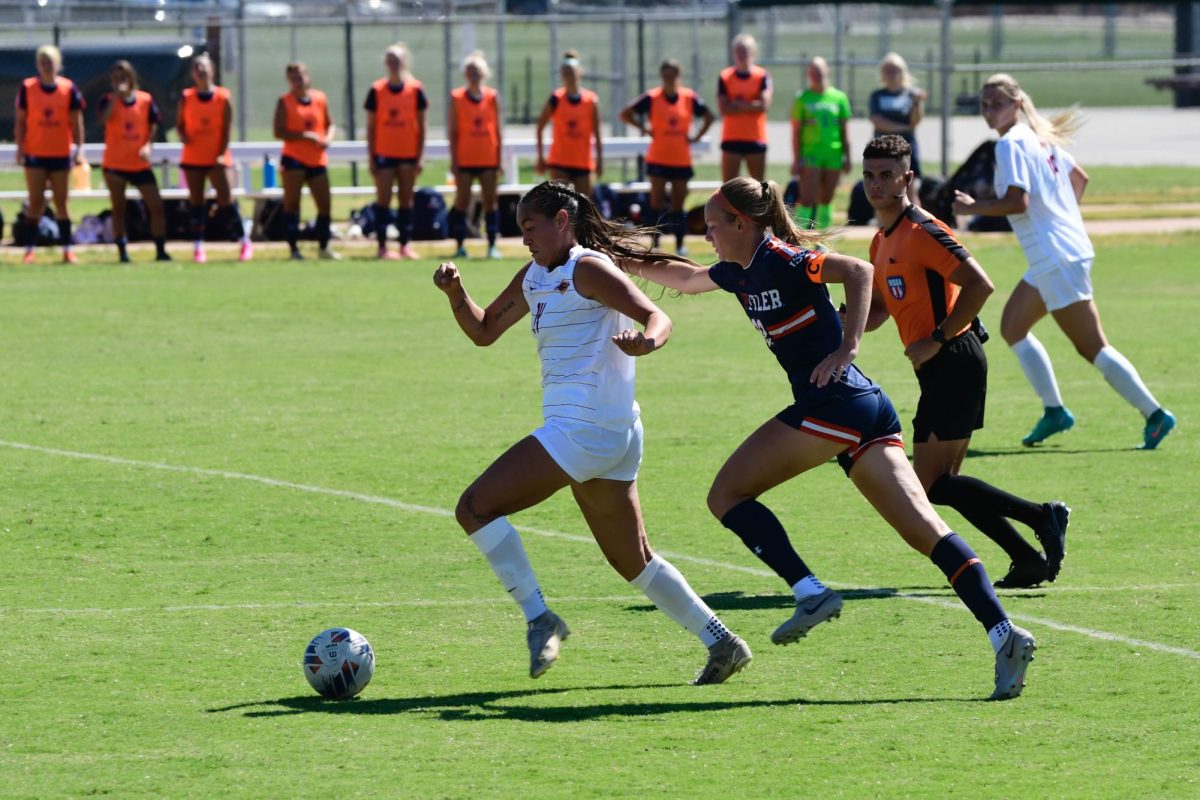



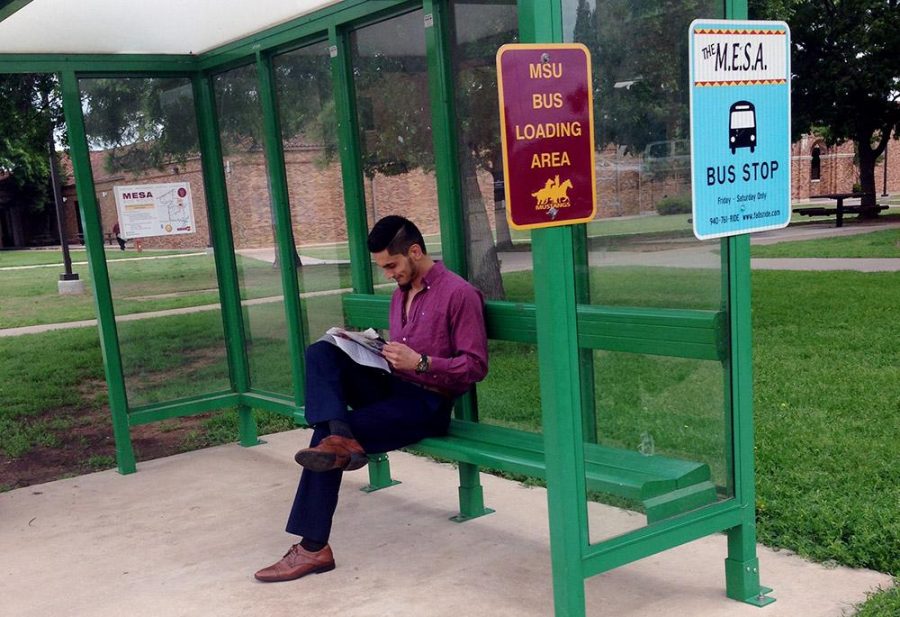
Cheerleading Warm Ups • Dec 19, 2013 at 4:21 AM
It is a surprise to me that only 29 state associations consider cheerleading a sport. The NCAA also currently does not recognize it as a sport. There are many who believe that designating cheerleading as a sport will improve its safety. To me, I don’t believe the designation itself matters. But recognition that cheerleaders are athletes is where I insist we must improve.